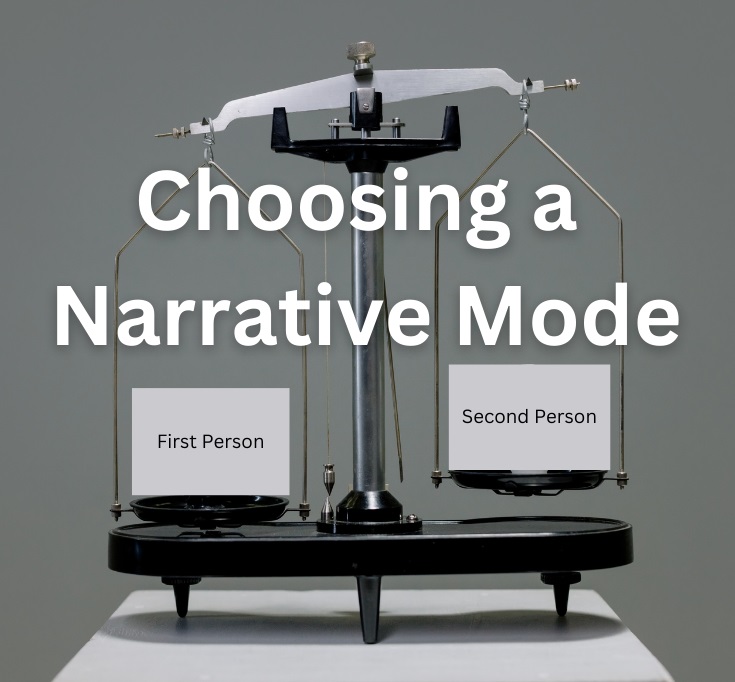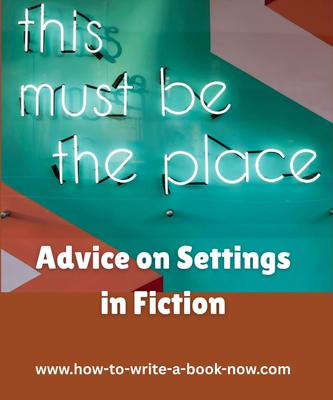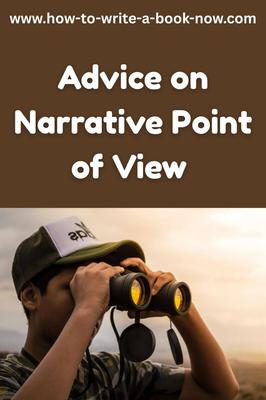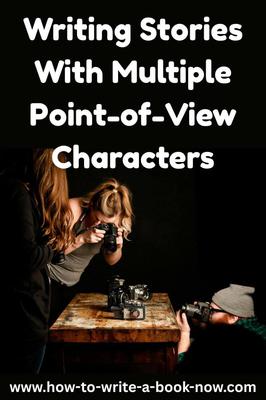Switching Perpsectives
by Alex Soto
(Virginia, USA)
Question: I'd like to apologize in advance for the lengthy paragraph, sorry. The story I'm writing uses the perspective of multiple characters, alongside the main protagonist. Usually I can easily write this out in a third person limited perspective, but the nature of the story relies on intimate details of the main protagonist's mental state, mainly in that he occasionally slips into a psychotic state when dealing with immense psychological trauma, something brought on by an affliction shared by another major character. Its in these scenes, as well as others, that I find it more suitable to write in first person. This is not only in entire chapters, but in individual scenes as well. So my question is would it be appropriate to switch between 3rd person limited and 1st person in between chapters, and/or in between certain scenes as well?
Answer: What matters is that the readers have a clear sense of the perspective through which they experience the events.
There is no reason you cannot use first person narration for the main character and third person for other point-of-view (POV) characters.
What you want to avoid is switching POV characters within a scene, as this can be confusing for the reader. You want a clear break whenever you make the switch so that the reader knows to pay attention to whose head they are now in. Chapter breaks are the best places, but it is
Switching from third to first person is somewhat less problematic, in that many writers will insert a character's occasional first person thoughts into a third person narration, sometimes putting them in italics and sometimes not. But for longer sections of first person narration, it's best to only switch at chapter breaks.
You might want to consider the trade-offs that occur when you make narrative choices.
Lots of switching between characters and narrative modes tends to put the reader into a more objective position. It creates distance between reader and character so that the readers feel they are looking at the characters rather than being a character. (But then, a psychotic main character can have the same effect even in first person, since it is hard for the reader to relate to madness.)
Minimizing switching -- for instance, if most of the story is told from the main character's perspective in first person -- tends to create a stronger or more intimate connection between reader and character, so that the reader has the experience of being the main character.
The former invites the readers to consider the characters rationally and impersonally. The latter encourages readers to experience the character in a more personal and emotional way.
Best of luck.
- Home
- Writing Questions
- Switching Perpsectives















